Superior Dandelion Flower For Sale
Taraxacum officinale flower wholesaler, supplier and exporter.
ACPFOOD is where you can buy this product. We provide and sell bulk Dandelion with the best quality to wholesalers, manufacturers and retailers. We purchase high quality Blowball flower directly from farmers and you can buy it from us with the best price.
To order this product, please contact us.
About Dandelion
It is a perennial plant that reaches half a meter in height and has many species.
The stems of dandelion plant are relatively narrow, hollow, and hairy, and their cross section is circular.
The leaves are long, hairy, and usually pointed. They grow in the lowest part of the plant and are directly connected to the root. On the side of the leaves, there are relatively deep cuts that divide the leaves into smaller and jagged parts. The taste of its leaves is very bitter.
Its flowers are yellow and grow singly at the end of the stems. Each flower consists of many elongated petals, small, narrow, and completely separate from each other.
Dandelion plant has small, narrow, elongated, and brown seeds that are pointed on both sides. These seeds grow in the same place after the dandelion flowers dry. The general arrangement of these seeds is spherical. In their center, there is a spherical and white part with a surface full of holes and similar to a golf ball, on which the seeds of this plant are regularly scattered. In fact, a seed is placed on each hole. On the other hand, these seeds are connected to a very thin white thread. At the end of these strings there are shorter and narrower strings.
This plant has a cone-shaped, elongated and relatively thick root, whose skin is creamy brown. But it is white inside. A milky sap can be seen inside the root of the dandelion plant.
Temperament: First degree of cold and dry.
Chemical Constituents
Tandem liquid chromatography and mass spectrometry analysis of dandelion have revealed rich sources of β-carotene, which protects cells from oxidation and cellular damage. Recently, biochemical analysis identified chicoric acid (CRA) as the most abundant component of dandelion, with a polyphenolic amount of 34.08 ± 1.65 g/kg in Taraxacum officinale leaves and stems. The concentration of polyphenols is higher in flowers and leaves than in stems. There is also considerable seasonal variation; methylsterols are highly present in the winter, while sitosterol and cycloartenol esters are more prevalent during periods of extensive sun exposure.
The roots of dandelion contain carbohydrates (e.g. inulin), carotenoids (e.g. lutein), fatty acids (e.g. myristic acid), minerals, sugars (e.g. glucose, fructose, and sucrose), choline vitamins, mucilage, and pectin. Up to 45% of the roots consist of inulin, a complex carbohydrate (fructo-oligosaccharides) with many beneficial effects such as the elimination of pathogens in the gastrointestinal tract, and repression of obesity, cancer, and osteoporosis. Besides its use as a coffee substitute and flavor enhancer in drinks, the leaf extracts are known to be effective against obesity and cardiovascular disease.
Dandelion includes potential bioactive components such as sesquiterpene lactones, taraxasterol (TS), taraxerol, chlorogenic acid (CGA), and CRA. These components are non-toxic and can be exploited for their potentially anti-inflammatory, anti-oxidative, anti-rheumatic, and choleretic properties.
Health Benefits
Dandelion is stomach tonic, emmenagogue, sudatory, cooling, and breast milk booster. The components of the dandelion plant have actions and properties similar to the components of the chicory plant, but stronger. It is prescribed in cases of wounds, boils, blain, injury, dental abscess, and decayed teeth. It is very effective for purifying the blood and has a beneficial effect in cases of hives, itching and internal injuries.
A poultice made by soaked dandelion and distilling its seeds is useful for cancerous swellings of the breast. In India, the root of the plant is used to treat chronic liver and kidney ailments and to expel gallstones.
Dandelion cures stomach diseases and hemoptysis. It is useful to stop bleeding from the chest.
Drinking dandelion leaf juice with olive oil is an antidote to most food poisoning and heals animal and insect bites.
Dandelion root poultice heals scorpion, bee, and snake bites. Its root poultice with barley flour is useful for treating erysipelas. Eating its juice with olive oil is beneficial for detoxification of most toxins. The leaves of the plant are used as a warm compress to relieve inflammation.
Applying its juice in the eyes is useful for white spot (white spot on iris) and it also makes the sclera shiny and improves vision.
Suppositories of its extract are useful for removing swellings inside the vulva and uterus.
In China, it is common to remove the plant with its roots from the soil during the first six months of the second year and then dry it.
Dose: Dandelion root 3 to 4 grams daily. Its sap 50 to 150 grams daily.
Harms: Dandelion root is safe for adults when consumed in moderation, but some people may experience side effects, including heartburn, diarrhea, stomach upset, and skin irritation.

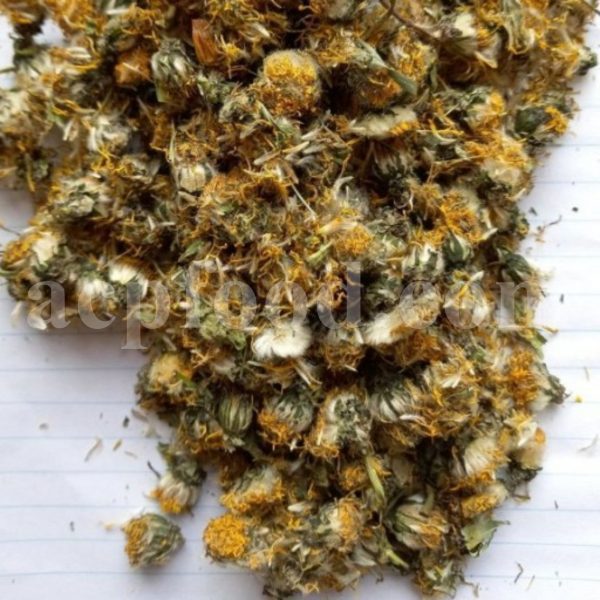
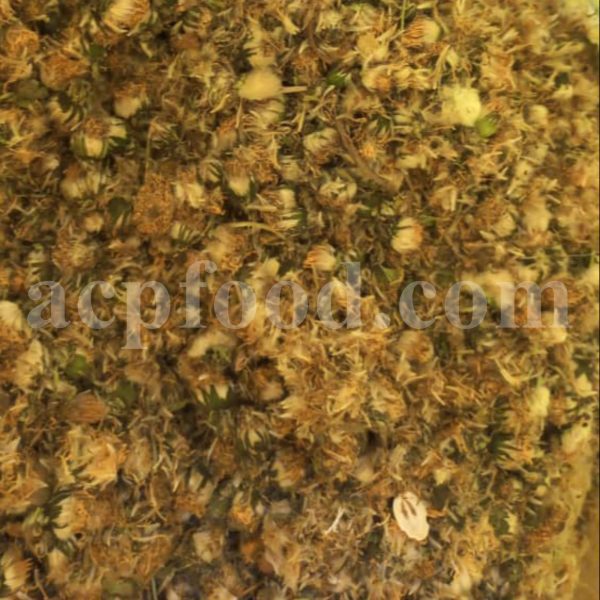
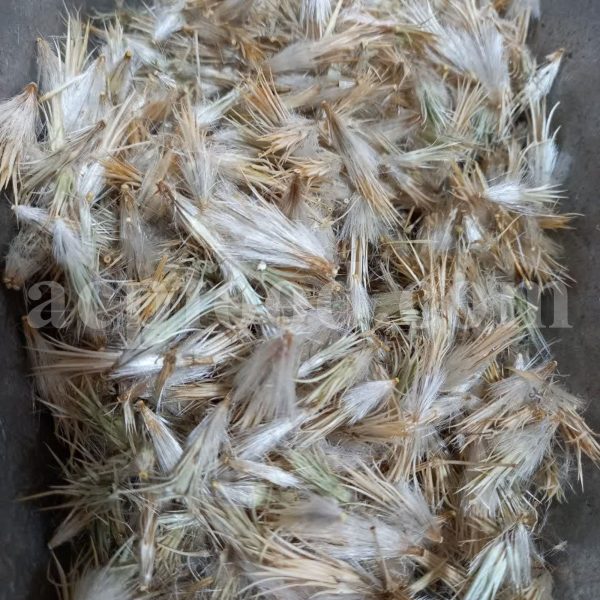
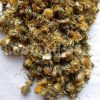
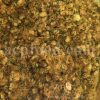
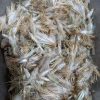
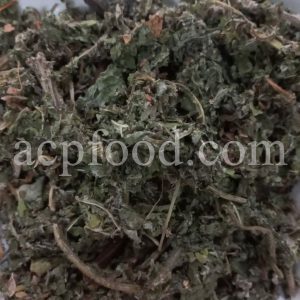
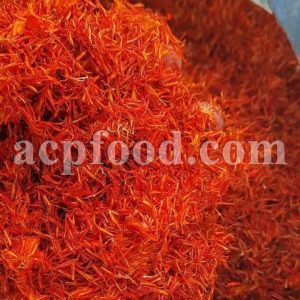
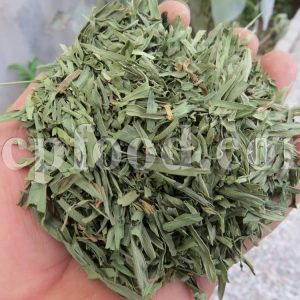

Reviews
There are no reviews yet.